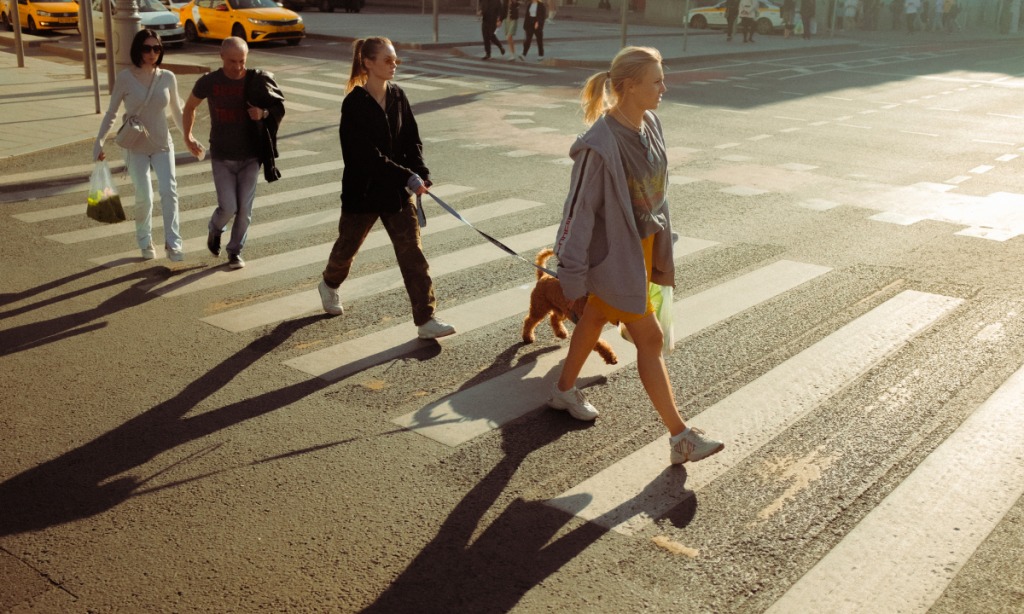Accidents involving pedestrians aren’t always clear-cut. While drivers are often assumed to bear the blame, pedestrians can also share responsibility. If you’ve been in an accident where the pedestrian may be partially at fault, perhaps by jaywalking or ignoring traffic signals, it’s essential to understand how fault is determined and what legal options exist. Understanding your rights under comparative negligence laws can significantly impact whether or not compensation is granted in these circumstances because liability can be complicated.
1. Recognize Shared Responsibility
The law requires pedestrians and motor vehicles to use reasonable caution when crossing the street. Pedestrians may be found partially at fault for jaywalking, disobeying traffic signals, or walking outside marked crosswalks. However, with proper guidance on filing pedestrian injury lawsuits, one can pursue compensation even if they are partially responsible for the accident.
2. Understand Comparative and Contributory Negligence Laws
The impact of partial fault on a pedestrian’s claim largely depends on the state’s negligence laws. The majority of states adhere to either contributory or comparative negligence laws;
- Comparative Negligence
The percentage of fault attributable to the pedestrian lowers compensation. For example, a pedestrian’s damages award will be reduced by 30% if they are found to be 30% at fault.
- Contributory Negligence
In certain states, a pedestrian may not be able to receive compensation if they are judged to be even partially at blame.
Knowing which system applies in your jurisdiction is essential before proceeding with a claim.
3. Take Immediate Action After the Accident
Regardless of fault, specific steps should be taken promptly;
Seek Medical Attention: Prioritize health and ensure a medical professional documents all injuries.
- Document the Scene
Take photographs of the area, any contributing elements, such as the weather or the state of the roads, and the traffic signals.
- Gather Witness Information
Anyone who witnessed the accident should have their contact information gathered, as their testimony may provide light on the events that transpired.
- Avoid Admitting Fault
Stay true to the facts and refrain from saying anything that can be perceived as taking responsibility while interacting with police or insurance officials.
4. Consult a Legal Professional
Determining liability in pedestrian accidents is complex. An experienced lawyer can assist in evaluating the situation, obtaining proof, and defending your rights. They can also navigate negotiations with insurance companies, which may attempt to shift more blame onto the pedestrian to minimize payouts.
5. Prepare for Insurance and Legal Challenges
Insurance companies often scrutinize pedestrian behavior to reduce liability. Be prepared for arguments that you contributed to the accident, especially if there’s evidence of jaywalking, distraction, or intoxication. Your attorney can counter these claims by highlighting any negligence on the driver’s part, such as speeding or distracted driving.
6. Know Your Compensation Rights
Although the amount will be modified based on their percentage of guilt, even if a pedestrian is partially to blame, they may still be compensated for lost wages, medical costs, and pain and suffering. Make sure all losses are thoroughly documented to support your claim.
Wrap Up
Legal responsibility doesn’t fall solely on one party when a pedestrian is partially at fault. Courts often apply comparative fault rules, meaning the driver and pedestrian can share liability based on their actions. Whether you’re defending yourself as a driver or a pedestrian seeking compensation, understanding how partial fault affects your case is crucial. Clarifying your position and ensuring that your legal rights are upheld throughout the process can be achieved by speaking with an experienced personal injury lawyer.



